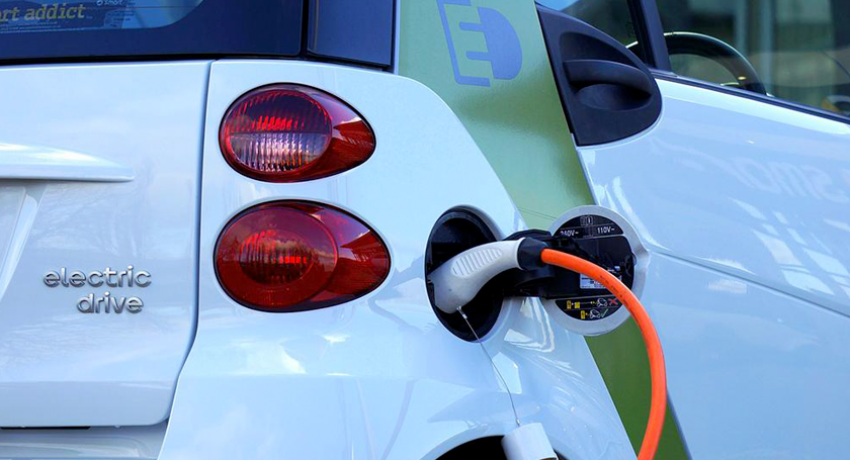Recovery of critical minerals from mine waste could provide domestically-sourced materials for the lithium-ion battery needed to run electric vehicles. Credit: Pixabay
Pennsylvania has a long history of mining and metallurgical activities dating to the Industrial Revolution that helped fuel the economy of the commonwealth and the nation. Coal markets have waned recently due to the transition away from coal to other energy sources, leading to many economically distressed areas in the state. New findings by a team led by Penn State researchers suggest potential economic opportunities from the domestic production of critical minerals. The team evaluated cobalt and manganese from the byproducts of mining and metallurgy from past industrial activities.
“The recovery and sale of cobalt and manganese from these materials can provide economic opportunities in distressed areas of Pennsylvania and revenues, when integrated with the reclamation of mines and industrial sites hosting the materials, to help cover reclamation costs,” said Pete Rozelle, lead author on the report and adviser on mineral resources to Penn State’s College of Earth and Mineral Sciences and retired headquarters programs manager for the U.S. Department of Energy.
Critical minerals are vital components in powering the clean energy economy, where supply chains are transformed to meet the demand for low-carbon energy technologies. The shift to a clean energy economy is expected to cause a massive increase in the demand for critical minerals.
“Cobalt and manganese are two battery metals that are crucial to battery performance, longevity, and energy density in the lithium-ion batteries that power electric vehicles,” said Sarma Pisupati, professor of energy and mineral engineering and director of Center for Critical Minerals at Penn State. “Almost all production of raw materials for lithium-ion batteries, apart from some lithium extraction and refinement, occurs abroad today.”
Two steps in the supply chain have been noted as being of concern: raw materials production, and materials purification and refinement.
“Much of the world’s supply of cobalt is mined in the Democratic Republic of the Congo, where approximately two-thirds of the raw cobalt reserves are located, and China is the world’s leading cobalt refiner,” said Barbara Arnold, professor of practice in mining engineering at Penn State. “The United States currently has virtually no domestic processing capacity, so the limited raw materials produced today are primarily shipped overseas for processing. Finding U.S. domestic resources for cobalt and other battery metals along with enhancing refining capacity is crucial.“
Penn State researchers reviewed byproducts of the mining and metallurgical industries in Pennsylvania and found that cobalt resources in the Commonwealth could be significant. The findings are published in the report, "Secondary Cobalt and Manganese Resources in Pennsylvania: Quantities, Linkage with Mine Reclamation, and Preliminary Flowsheet Evaluation for the U.S. Domestic Lithium-Ion Battery Supply Chain." The research was conducted through a DOE-funded study through Leonardo Technologies Inc.
The researchers examined two categories of byproducts: minerals left by past mining and metallurgical industries in the commonwealth, and acid mine drainage treatment sludge, which is material that was originally leached from minerals in coal-bearing strata and precipitated from solution.
“Preliminary estimates indicate that waste left by coal mining activities in Pennsylvania contain tens of thousands of metric tons of cobalt and hundreds of thousands of metric tons of manganese,” Rozelle said. “One metallurgical waste deposit in the commonwealth may contain a half-million metric tons of manganese.”
Their preliminary estimates also indicate that more than 5,500 metric tons of manganese are being discharged through acid mine drainage, with the untreated portion reaching the commonwealth’s waterways each year.
“Recovery of these elements could provide domestically-sourced materials for the lithium-ion battery industry in the United States,” Pisupati said. “In addition to the expected economic benefits, this can help remediate the environmental degradation caused by previous mining activities.”
Read the full news story here:
https://www.psu.edu/news/earth-and-mineral-sciences/story/battery-metals-mine...

